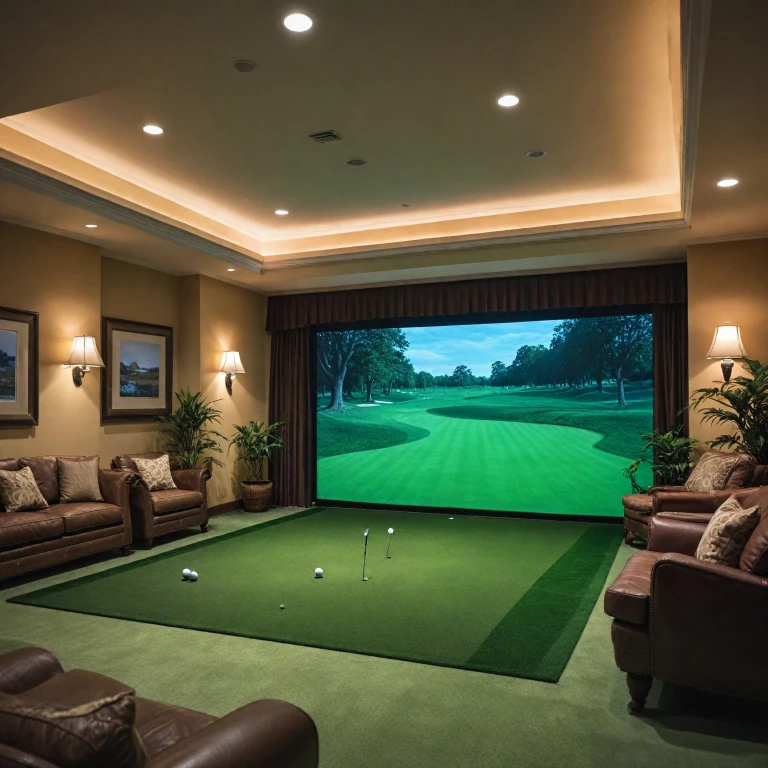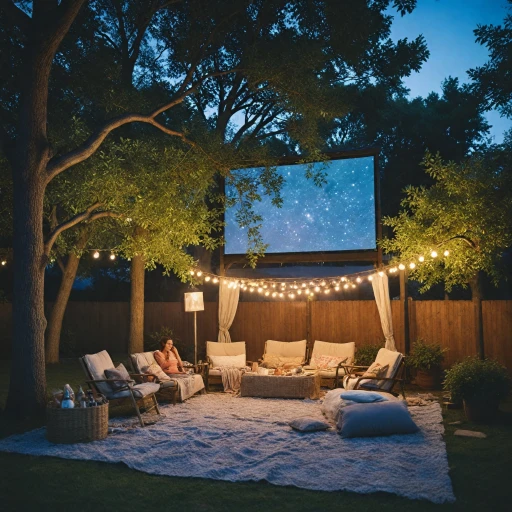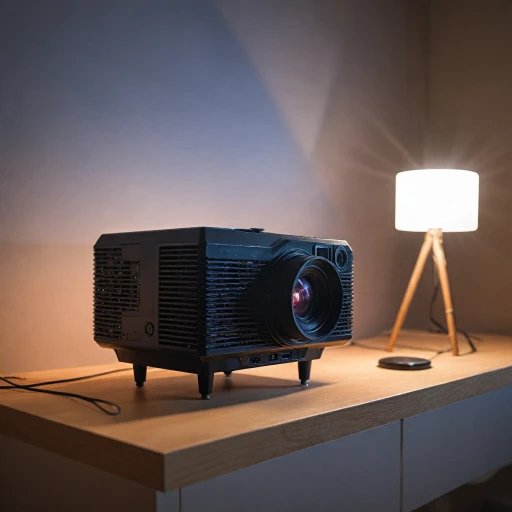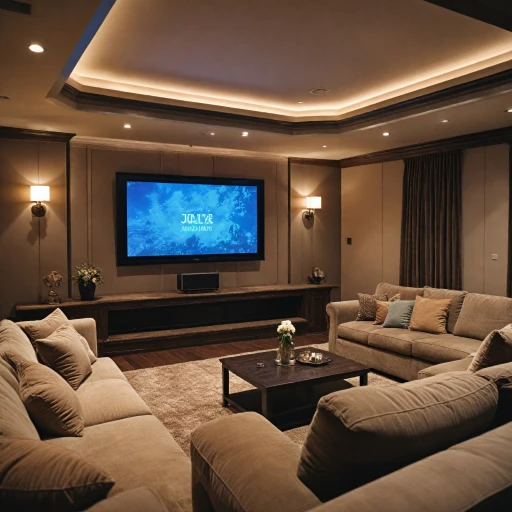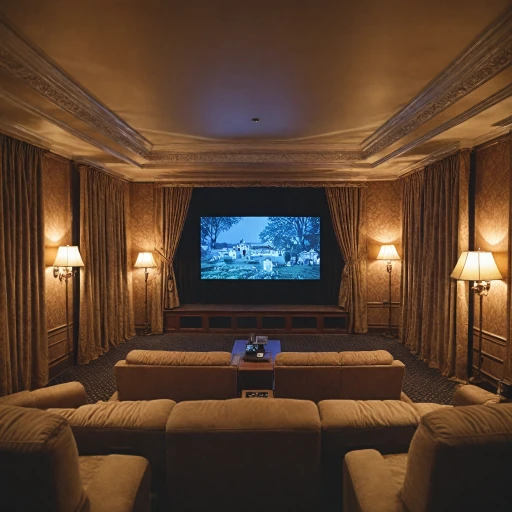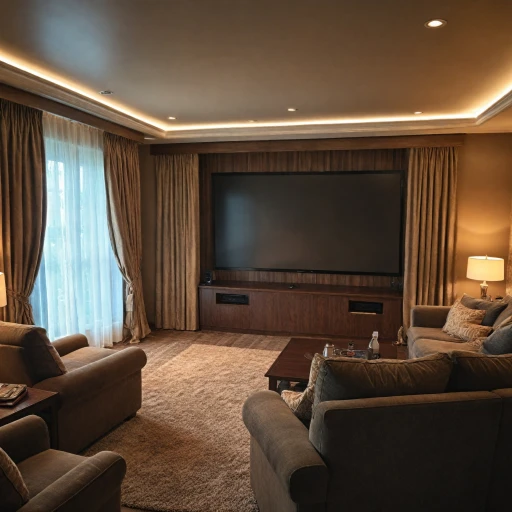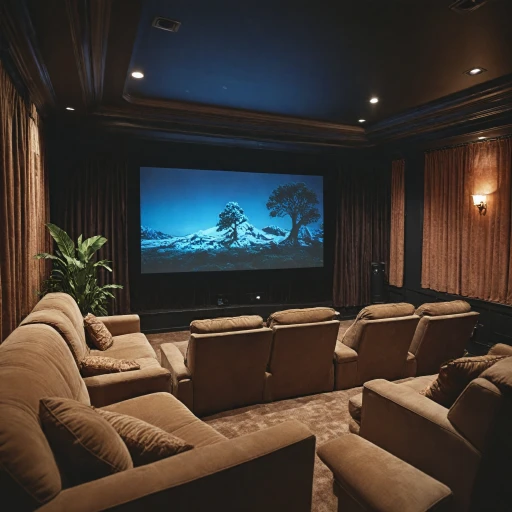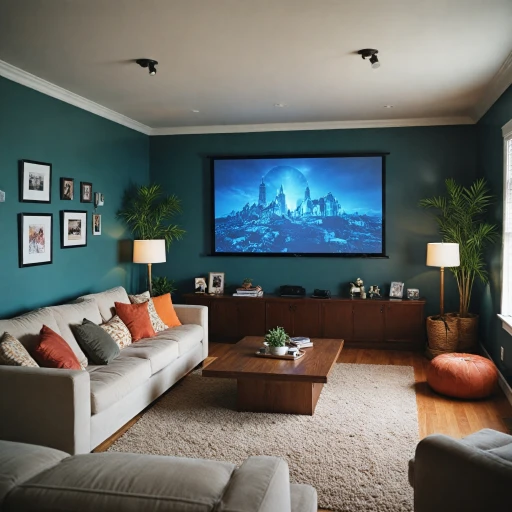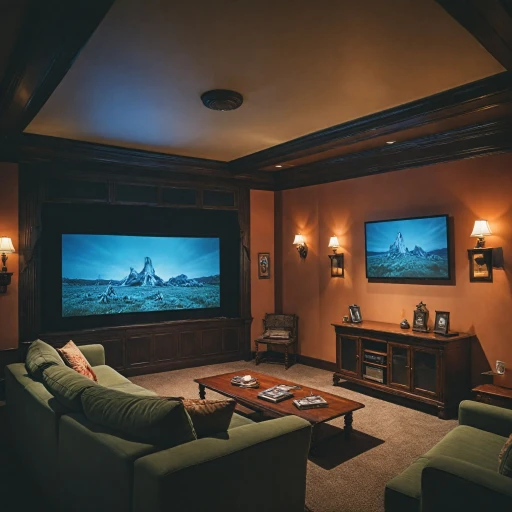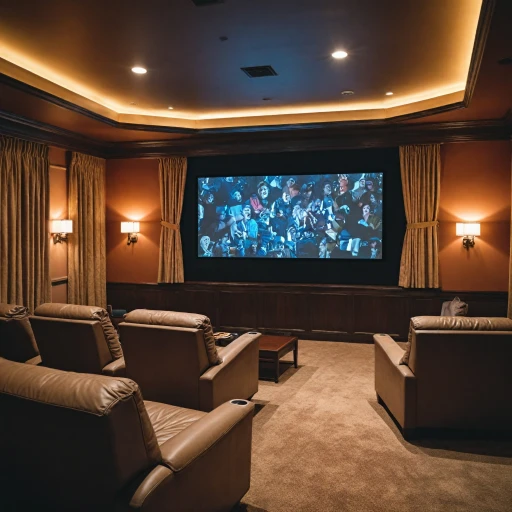Understanding the Basics of Golf Simulator Projectors
Basics of Choosing a Simulator Projector
When diving into the world of golf simulators, selecting the right projector can significantly enhance your gaming experience. Unlike conventional projectors, a simulator projector for golf requires careful consideration to deliver an authentic simulation. It’s essential to understand several factors, including throw ratios, lumens, and screen compatibility, to make the best choice. To start, it’s important to know about the throw distance. This is the distance between the projector and the screen, often dictating whether you need a short throw or ultra-short throw model. Short throw projectors, such as the Optoma TST models, are ideal, as they allow you to place the projector closer to the screen without compromising image quality. This minimizes the risk of shadows interfering with your projection. Next, consider the throw ratio, which is the relationship between the lens and the screen size. For optimizing your golf simulator setup, a low throw ratio is beneficial. It ensures that large images can be projected even in limited spaces. This is especially useful in indoor settings where space might be constrained. The light source and projector lumens also play a crucial role. A laser projector is typically preferred for its brighter output and longevity. You will want a unit with sufficient lumens to ensure clear visibility even when ambient light is present. It’s worthwhile to remember that brightness can impact the simulation immersion, as discussed further in other sections. Considering these basics will set you on the right path to creating a realistic and engaging setup. For more on creating an optimal environment, consider learning about enhancing your home theater experience with perfect curtains, which can complement and enhance your visual setup (https://www.home-theater-projector-guru.com/blog/enhancing-your-home-theater-experience-with-perfect-curtains).Brightness and Ambient Light Considerations
Balancing Brightness and Ambient Light for an Optimal Experience
When setting up a golf simulator, one of the pivotal factors to consider is the brightness of the projector. The level of brightness, measured in lumens, directly influences how well the image appears on the screen, especially when contrasted with ambient light in the room. For a truly immersive golf experience, selecting a projector that offers a brightness level of at least 2,000 to 3,000 lumens will ensure clear and vibrant imagery. Ambient light is a common challenge in projector golf simulator setups. Whether you have windows or overhead lights, excess light can wash out the image projected onto the screen. It's the interplay of projector lumens and ambient lighting that determines the overall image quality. A higher lumen count is particularly beneficial if your simulator space has unavoidable light sources. It's also key to consider whether a laser projector might better serve your needs. Laser projectors typically offer superior brightness and reliability over longer periods compared to traditional lamp-based models. Furthermore, an optimum aspect ratio should complement the setup and can enhance your image quality significantly. When paired with the correct screen, this makes a world of difference. Choosing a projector for your golf simulator isn't just about lumens; understanding the interplay of different aspects such as light sources and throw projectors can make or break your virtual golfing experience. Discover more about enhancing your virtual golf environment with optimized lighting and setup integration. In the pursuit of the best golf simulator projector, models from brands like BenQ and Optoma are often recommended for their high luminosity and image consistency. Short throw options, like the Optoma TST, can also minimize installation hassles while maximizing space usage effectively.Resolution and Image Quality
Picture Perfect: Ensuring Top-Notch Image Quality
When selecting the ideal projector for your golf simulator, gaining a clear understanding of resolution and image quality is crucial. These factors significantly impact your overall experience, ensuring that the virtual fairways and greens appear realistic and engaging. First, let's discuss resolution. Resolution refers to the clarity of the image projected onto your simulator screen and is typically measured in terms of pixels, such as Full HD (1920x1080) or 4K (3840x2160). A higher resolution results in sharper and more detailed images, making it ideal for golf simulators where spotting small details, such as ball spin and club contact, is essential. Many avid golf enthusiasts favor 4K projectors as they deliver crisp and lifelike visuals, offering an immersive experience. Another key aspect to evaluate is the projector's aspect ratio. The aspect ratio is the proportional relationship between the width and height of the projected image. For golf simulators, an aspect ratio of 16:9 is commonly recommended, as it aligns well with standard golf simulator software and maximizes the use of the impact screen. Beyond the pixel count, consider the color accuracy and contrast ratio, as these are also integral components of image quality. A projector with a high contrast ratio—distinguishing between the darkest blacks and the brightest whites—ensures that color distinctions are vivid and dynamic. This feature, paired with accurate color representation, brings an authentic feel to the digital golf course. Leading brands in the market, such as BenQ and Optoma, offer models that cater specifically to simulator setups, balancing resolution with factors such as brightness and throw distance. For instance, an Optoma laser projector might offer a compelling choice due to its enhanced color saturation and long-lasting light source. Ultimately, the best golf simulator experience hinges on selecting a projector that provides a harmonious blend of high resolution and precise image reproduction. By focusing on these aspects, you're ensuring that your simulator sessions remain both enjoyable and true to life.Throw Distance and Installation Flexibility
Evaluating Throw Distance for Your Golf Simulator Setup
When setting up a golf simulator, the throw distance of your projector is a crucial factor to consider. Throw distance refers to the space between the projector and the screen, impacting how the image is displayed. Understanding this concept helps in selecting the right projector to fit your room's dimensions and your specific golf simulation needs.
For a golf simulator, you might want to consider a short throw projector or even an ultra short throw projector. These projectors are designed to project large images from a short distance, which is ideal if you're working with limited space. The throw ratio is an essential specification here. A lower throw ratio means the projector can be placed closer to the screen while still producing a large image.
Brands like BenQ and Optoma offer excellent options in this category. For instance, the Optoma TST series is well-regarded for its short throw capabilities, making it a popular choice among golf enthusiasts. These projectors allow for greater flexibility in installation, ensuring that you can set up your simulator without worrying about space constraints.
Another consideration is the installation flexibility. You might want to mount your projector on the ceiling or place it on a table. Many projectors come with adjustable lens shift and keystone correction features, allowing you to fine-tune the image alignment without moving the projector physically.
In summary, choosing the right throw distance and installation setup will significantly enhance your golf simulator experience. Whether you opt for a short throw or ultra short throw projector, make sure to assess your room dimensions and installation preferences to find the best fit for your golf simulator needs.
Connectivity and Compatibility with Golf Simulators
Essential Connectivity and Compatibility Features
When diving into the world of golf simulators, ensuring your projector is compatible with your setup is paramount. Whether you choose a BenQ or Optoma, there are a few connectivity options and compatibility considerations to keep in mind.
First and foremost, verify the resolution supported by your projector aligns with the requirements of your golf simulator software. Most modern simulators require at least 1080p, with some now favoring 4K for superior image quality.
Another critical aspect to consider is the input options available on the projector. HDMI is a widely used standard, offering a clear, crisp image transfer from your computer or console to the screen. If your golf simulator setup is more elaborate, featuring additional devices, multiple HDMI ports can be incredibly beneficial.
Additionally, short throw projectors often need specific distance settings to work perfectly in compact spaces. Evaluate both the throw ratio and the room dimensions, ensuring the screen size complements your configuration needs. Short throw or ultra short throw options can work best for smaller areas, reducing shadow interference while maximizing installation flexibility.
Finally, it's important to consider if your projector is compatible with designated software and hardware integrations. Some high-end models provide direct interfacing with popular simulators, offering seamless performance at a reasonable price.
Before making a final decision, remember to weigh all these connectivity and compatibility features alongside other factors like brightness and ambient light handling, ensuring you're picking one of the best golf simulator projectors for your needs.
Top Projector Models for Golf Simulators
Top Choices for Your Golf Simulator Setup
When considering projectors for golf simulator setups, understanding the different models available can be crucial to ensure the best experience. With factors like brightness, resolution, and throw distance playing a significant role, here are some top picks:
- BenQ TH671ST: Known for its short throw capabilities, this model is perfect for compact spaces. With a throw ratio of 0.69-0.83, you can project a large image from a short distance. It offers 1080p resolution, ensuring clear and sharp images crucial for golf simulators. Its 3000 lumens provide sufficient brightness, making it versatile for various lighting conditions.
- Optoma GT1080HDR: This projector is ideal for those who need high resolution and brightness in their golf simulator setup. Featuring a throw ratio of 0.49, it allows for ultra short throw distance, freeing up space. The HDR10 technology delivers striking image quality, while 3800 lumens ensure outstanding performance even in ambient light.
- Epson Home Cinema 2150: For a more balanced approach, the Epson Home Cinema 2150 offers a mix of good resolution and brightness. The 2,500 lumens and advanced 3LCD technology ensure vibrant images on screen. This model supports wireless connection, which can be an added convenience when adjusting setups.
- ViewSonic PX706HD: As a short throw projector, the ViewSonic PX706HD stands out with a throw ratio of 0.69. It provides 1080p resolution, making it suitable for realistic simulations. The 3000 lumens brightness complements its features, particularly in moderately lit environments, and it comes at a competitive price point.
- LG HF85LA: If budget allows, consider a laser projector like the LG HF85LA. With its ultra short throw capacity, it can place stunning images directly on your impact screen with a minimal distance. This model's laser light source ensures a long lifespan, delivering consistent brightness and color accuracy over time.
Choosing the right projector will undoubtedly enhance your golf simulator experience, whether it's in a small room or a more spacious setting. Matching the projector's features to your specific needs, such as the available room size and light conditions, is pivotal in getting the best results.
